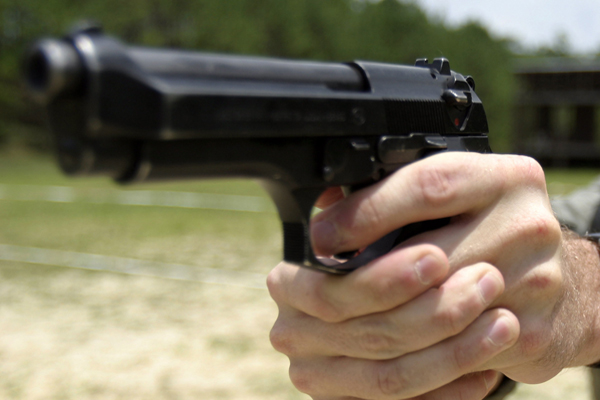
Photo by: Lance Cpl. Richard Blumenstein
In a recent radio address, Mayor Bloomberg pointed with pride to the city’s relatively low rate of deaths by firearm, which according to a health department report is less than half the national rate. In the speech the mayor said his administration’s work against gun violence has included “smart, pro-active policing that makes it much more likely that if you break our city’s gun laws, you’ll be caught,” a reference to the controversial stop, question and frisk program that used 533,042 encounters to get 780 guns in 2012.
But while New York’s gun homicide rate does compare favorably to most other big urban areas in the country (it ranks 19th among the 25 most populous cities)—which could reflect the impact of stop-and-frisk, or other law enforcement tactics, gun laws, social dynamics or other factors—the city’s firearm homicide rate is identical to the overall national rate.
Our gun suicide rate, however, is about one-ninth as high as the nation’s.
Suicides are the missing part of the national gun debate. Of the 30,000 people who died by gunfire nationwide in 2009, 62 percent were suicides. So suicides are a huge part of the gun problem. And guns are a big part of the suicide problem (51 percent of self-killings in 2009 were by gun).
What proportion of suicides and homicides involve guns?
In fact, firearms are the reason why the country’s 2010 suicide rate of 12.4 per 100,000 people is more than twice as high as New York City’s suicide rate of 5.8 per 100,000 people. Take gun suicides out of the equation, and the national rate (6.1) draws much closer to the city rate (5.0).
City Suicide Rates by Method, 2010
Source: CDC
National Suicide Rates by Method, 2010
Source: CDC








